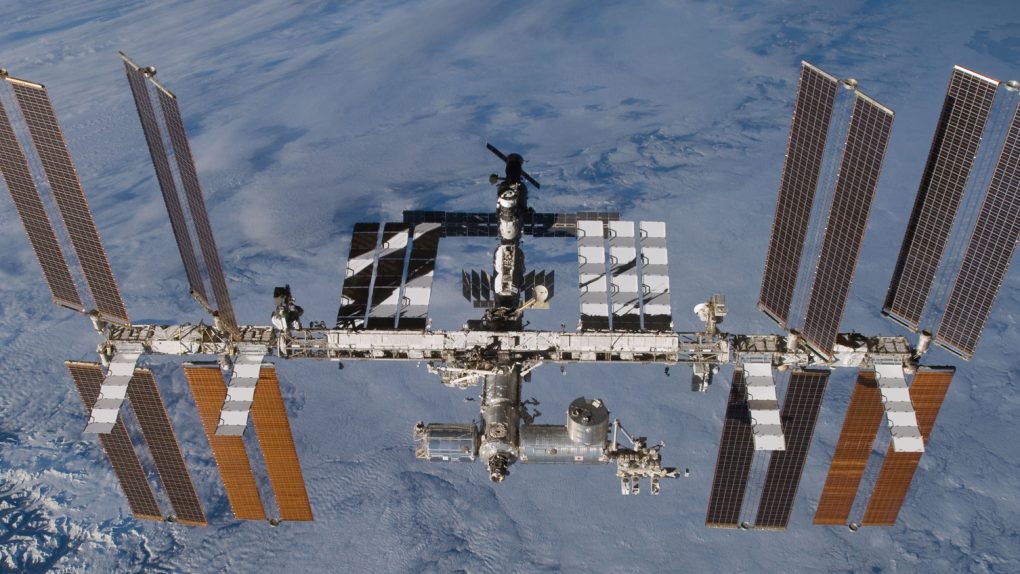If you have any kind of a computer setup at home there’s a really good chance you also have a printer. And, if you have a printer, there’s also a really good chance you absolutely hate it with every fiber of your body. Printers suck, and there’s really no getting around it, but the next time you start cursing at that dusty inkjet for running out of ink or messing up an important print job, just remember that the brave men and women aboard the International Space Station have been putting up with much worse for the past two decades or so.
You’d think with the incredible budgets of the US space program that a ubiquitous tool like a printer would be easy to splurge on. That is apparently not the case, as the ISS has been equipped with a couple of lowly Epson 800 inkjet machines since the turn of the century. Now, after about a half decade of the printers causing even more headaches than printers normally do, NASA is doing something about it.
The agency has teamed up with HP to give the ISS a bit of an IT upgrade, including new computers and thankfully some much more suitable printer technology. But building a printer specifically for NASA means meeting some pretty lofty demands, including being able to handle print jobs in a zero gravity environment while also managing its power efficiently and being flame retardant.
One of the biggest challenges in crafting a printer for space is keeping track of any extra ink that manages to find its way out of the device’s nozzles. Here on Earth, if a little extra ink gets spat out during a print job, it just sticks to the paper or clings to the printer head, but on the ISS that errant ink would float around, messing up whatever it happened to land on.
Rather than working from scratch on an entirely new device, HP used its midrange Envy 5600 printer as a starting point, going through each component and testing how it would react to zero gravity, then modifying anything that needed adjustment. Eventually, the prototyped printer was tested in a zero-gravity flight and everything seemed to work just fine, clearing the way for delivery of the new hardware to the ISS in February 2018.








